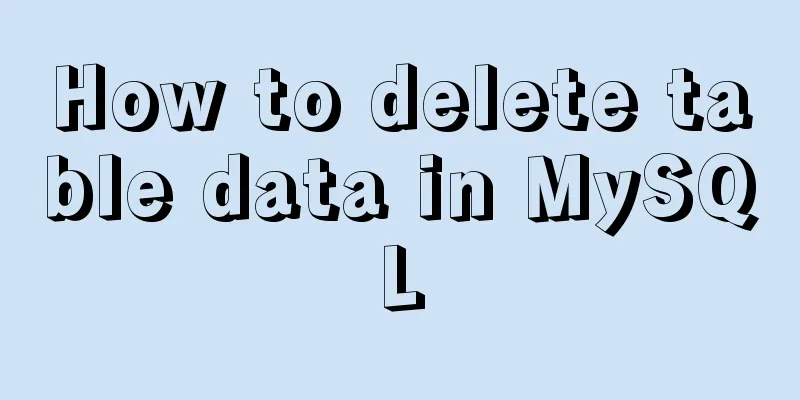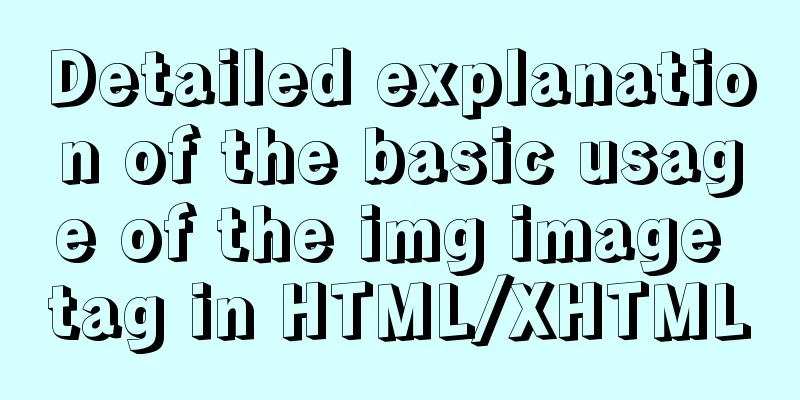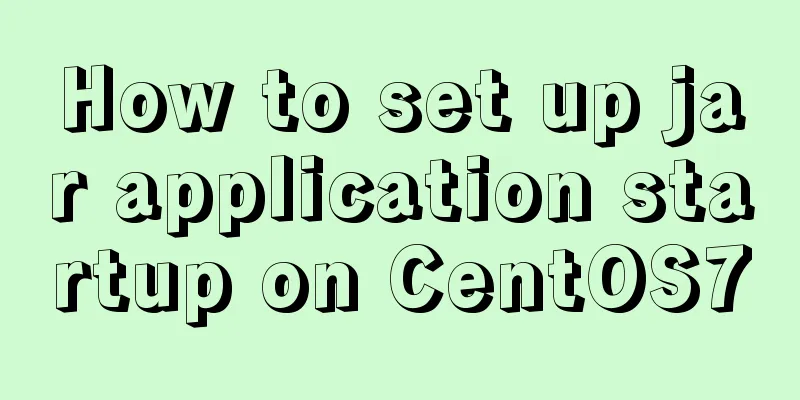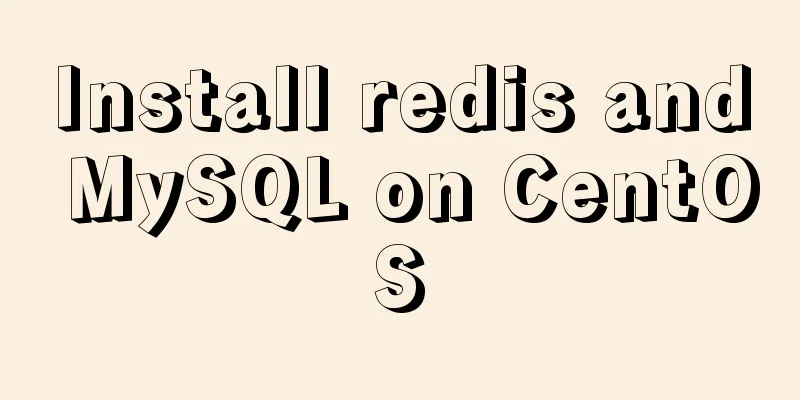Html tips to make your code semantic
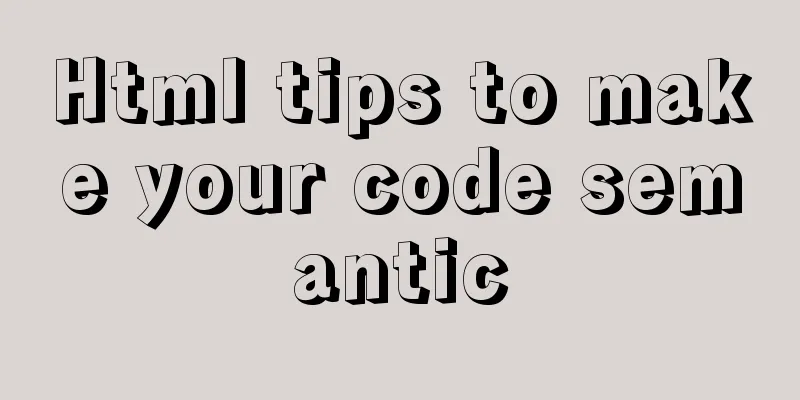
|
Html semantics seems to be a commonplace issue. Google will give you a lot of articles on semantics. Why do we need semantic tags? I think that each tag in Html has its own specific meaning, and semantics means that we use appropriate tags in appropriate places to make it easier for humans and machines (machines can be understood as browsers and search engines) to understand at a glance. If my explanation is not clear enough, please Google it. How to use the right label at the right place? This is a simple logic of understanding. For example, h1~h6 tags are used for titles; ul is used for unordered lists; ol is used for lists with content; dl is used to define lists; em and strong tags are used for emphasis... To put it bluntly, each English interpretation of an Html tag determines its semantics (later in this article, I will put a comparison table of English interpretations of commonly used Html tags for reference). What is clear to both humans and machines? The best way to check if an Html page is semantic is to remove the CSS link from the page to see if the page structure is in order and if the page is still readable. Why can we say that? Everyone knows that browsers have default styles (it is recommended to use Chrome's Web Developer Tools for Chrome). plugin, or Firefox Web Developer plugin), for example, h1~h6, there will be default styles of bold/decreasing font size, top and bottom margins, ul, ol, dl have default bullets, strong has a bold style by default... Therefore, for the same page, a semantically well-formed Html can still perform well even if the page CSS is removed. Another point is that good semantic coding is more friendly to search engines. Search spiders don't recognize your CSS, but they can recognize Html tags. Here is a simple example:
Copy code The code is as follows:<!--Unsemanticized--> <div id="header"> <div class="h1">Mr.Think's Blog</div> <div class="h2">Focus on Web front-end technology, love Php, and advocate a simple life.</div> </div> <!--After semanticization--> <div id="header"> <h1>Mr.Think's Blog</h1> <h2>Focus on Web front-end technology, love Php, and advocate a simple life.</h2> </div> Through the simple examples above and the effect diagram without any CSS definition, you should understand the difference between the two. If you are learning Html5, its header, footer, sidebar, article and other elements are all newly added semantic tags.
Let me add the following 1. What is HTML semantics? Choosing appropriate HTML tags makes it easier for developers to read and write more elegant code while allowing browser crawlers and machines to parse it well. 2. Why semanticization? In order to make the page look good when it is naked, even without CSS, the page can also present a good content structure and code structure; 3. What should you pay attention to when writing HTML code? 1. Use as few semantically meaningless tags as possible, such as div and span; An interview question from Yahoo:
The problems include: 1. The difference between html and xhtml standards is that xhtml has a strict structure, tags must be closed, single tags need to be closed by adding / at the end, and tags must be lowercase;
The above is the detailed content of Html techniques to semanticize your code. For more information about Html semanticization, please pay attention to other related articles on 123WORDPRESS.COM! |
<<: Node quickly builds the backend implementation steps
Recommend
Vue uses openlayers to load Tiandi Map and Amap
Table of contents 1. World Map 1. Install openlay...
Installation tutorial of the latest stable version of MySQL 5.7.17 under Linux
Install the latest stable version of MySQL on Lin...
mysql-5.7.21-winx64 free installation version installation--Windows tutorial detailed explanation
1 Download The address is: https://dev.mysql.com/...
A brief analysis of Vue's asynchronous update of DOM
Table of contents The principle of Vue asynchrono...
CocosCreator Typescript makes Tetris game
Table of contents 1. Introduction 2. Several key ...
Implementation of fuzzy query like%% in MySQL
1, %: represents any 0 or more characters. It can...
Tomcat components illustrate the architectural evolution of a web server
1. Who is tomcat? 2. What can tomcat do? Tomcat i...
Full steps to create a high-performance index in MySQL
Table of contents 1. Index Basics 1. Types of Ind...
Use SWFObject to perfectly solve the browser compatibility problem of inserting Flash into HTML
Let’s learn together 1. Traditional methods Copy ...
How to make a centos base image
Preface Now the operating system used by my compa...
Example of how to set up a multi-column equal height layout with CSS
Initially, multiple columns have different conten...
Illustration of the process of using FileZilla to connect to the FTP server
When I first started setting up an ftp server on ...
How to configure VMware multi-node environment
This tutorial uses CentOS 7 64-bit. Allocate 2GB ...
Detailed explanation of the top ten commonly used string functions in MySQL
Hello everyone! I am Mr. Tony who only talks abou...
Detailed explanation of sql_mode mode example in MySQL
This article describes the sql_mode mode in MySQL...

